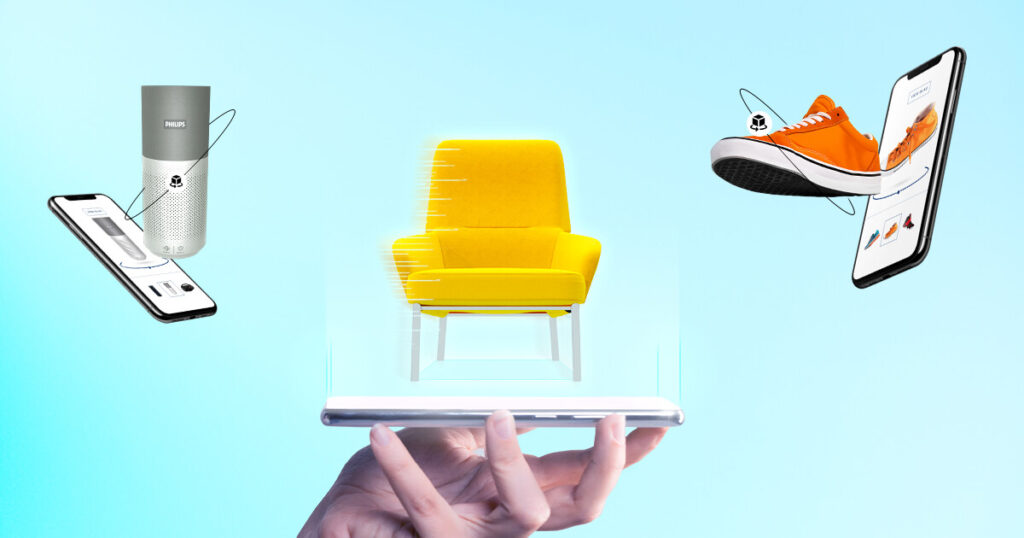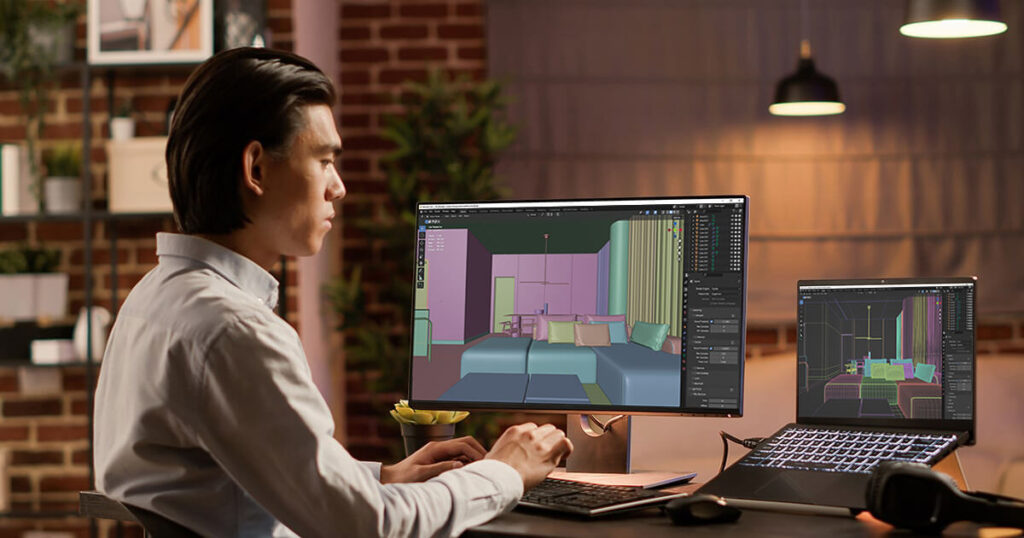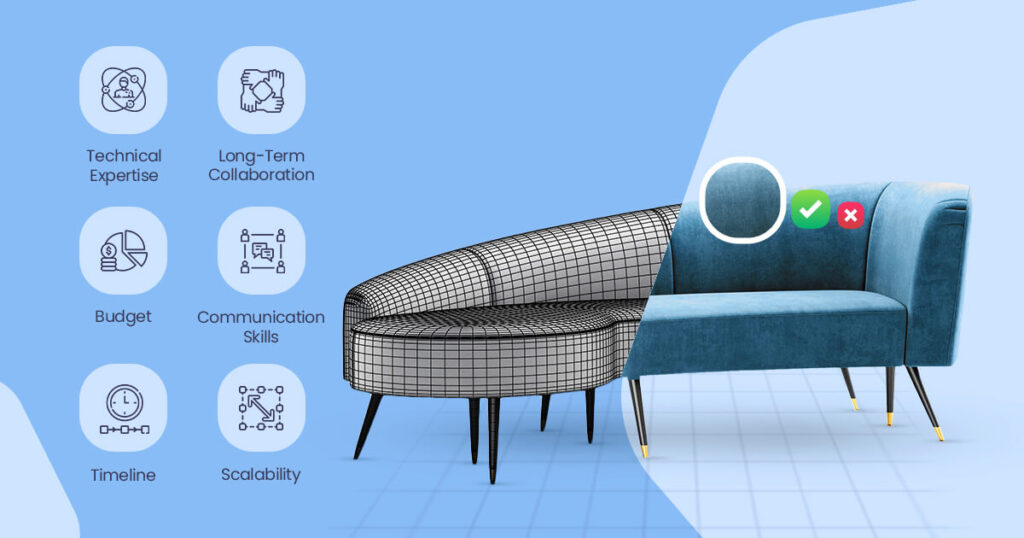Thanks to technological advancements, make 3D model from pictures—once the domain of artists and engineers—has become more and more approachable. Using photos is one of the most creative ways to make 3D model from pictures. Photogrammetry is the exercise of receiving many pictures of an object from various perspectives and then utilizing software to recreate the object’s three-dimensional shape.
Make 3D model from pictures has a wide range of uses. Building blueprints, virtual walkthroughs, and spatial connection analysis may all be done using them in design and architecture. To prototype, simulate product performance, and execute virtual testing, engineers and manufacturers use 3D models.
In addition to these conventional domains, make 3D model from pictures has been applied in healthcare, education, and archaeology. Medical practitioners create customized prostheses, arrange surgical operations, and visualize anatomical features using 3D models. This technology is used by archaeologists to catalogue and conserve historical objects and locations. Teachers may create dynamic and interesting learning environments by using 3D models.
Our understanding of and interactions with the world around us have been completely transformed by the capacity to construct precise and intricate make 3D model from pictures. We may anticipate seeing much more cutting-edge and fascinating uses for photogrammetry in the years to come as technology develops.

Enhancing Visualization: Make 3D Model from Pictures
The Role of 3D Models in Improving Understanding of Complex Structures
Understanding complicated systems that are challenging to grasp from two-dimensional representations is made easier with the use of three-dimensional (3D) models. With 3D models, we can see problems more easily, analyze the connections between various components, and gain a better understanding of how systems function as a whole since they provide us a three-dimensional image. For example, complex structures are particularly useful in the domains of architecture, engineering, and medicine.
Applications in Architecture, Engineering, and Product Design
Building plans may be visualized, virtual walkthroughs can be made, and spatial relationships can be examined using 3D models in architecture. In order to make more informed judgments, this aids clients and architects in understanding the proposed structure. The design and analysis of complex systems, such bridges, airplanes, and equipment, need the use of 3D models in engineering. Through virtual environment simulation, engineers are able to detect any issues and implement the required modifications. Designers may experiment with many iterations, see their ideas come to life, and build prototypes for testing thanks to make 3D model from pictures in product design.
Benefits of Visual Representation for Clients and Stakeholders
3D models provide clients and stakeholders with a number of advantages in terms of visual representation. Because complicated ideas are better understood and communicated visually, it enhances comprehension and communication. Furthermore minimizing the possibility of misunderstandings by offering a common frame of reference for conversations and decision-making, 3D models are used. Furthermore, because they show a dedication to transparency and a thorough comprehension of the project, 3D models may aid in fostering a sense of confidence.

Streamlining Design Processes: Make 3D Model from Pictures
How 3D Models Facilitate Iterative Design and Prototyping
Designers may quickly and simply test out various ideas and make adjustments on an adaptive platform for iterative design by using 3D models. Early in the development procedure, designers may see any problems and make necessary revisions by visualizing their concepts in three dimensions. With fewer defects and speedy development, the goods created utilizing this iterative process are better designed. Virtual prototypes may also be made using 3D models, and these can be tested and improved upon before spending money on real hardware. Both the cost and improvement time may be greatly accelerated by doing this.
Reduction of Time and Costs in the Development Phase
A major time and cost savings throughout the development process may be achieved by using 3D models. Designers may save money on rework and delays by recognizing and fixing problems early in the process. More importantly, virtual prototyping saves time and money by enabling testing and improvement without the need for real prototypes. Product launches are therefore possible at a cheaper price and with greater speed.
Integration with Software Tools for Enhanced Efficiency
These tools must be integrated with other software programs used in the design and development process in order to fully reap the benefits of 3D modelling. Workflows may be made more efficient, with a lower chance of error, by integrating well. In order to do more engineering and analysis, or to evaluate the performance of a product, 3D models can be loaded into CAD software. Designers may improve processes and produce things more quickly by utilizing the capabilities of these linked technologies.
Expanding Creative Possibilities: Make 3D Model from Pictures
The Impact of 3D Modeling on Artistic Expression and Creativity
Through the provision of new tools and opportunities, 3D modelling has had a tremendous influence on creative expression and creativity. 3D modelling gives artists the ability to work with and see objects in three dimensions, which allows them to produce original and inventive artwork. This has caused a boom in innovation in a number of industries, including gaming, cinema, and sculpting as well as architecture.
Opportunities for Innovation in Gaming, Film, and Virtual Reality
Make 3D model from pictures has opened up a new chance for innovation in gaming, movies, and effective reality. In gaming, 3D models are used to create realistic nature, environments, and objectives, improving the player experience. In the picture, 3D modeling has revolutionized particular effects and liveliness, allowing filmmakers to create remarkable and immersive visual expertise. In virtual reality, 3D models are necessary for creating realistic and immersive conditions that transport users to new worlds.
Case Studies of Successful Projects Make 3D Model from Pictures
3D models generated from images have been used in many successful applications. For instance, the alien planet Pandora was created in the movie “Avatar” mostly using 3D modeling. The computer game “The Witcher 3: Wild Hunt” used photogrammetry to display remarkably lifelike and intricate settings. 3D models have been utilized in the area of architecture to build and visualize complicated constructions, like Dubai’s Burj Khalifa. These case studies show how 3D modeling may be used to realize imaginative ideas.
Conclusion
The potential of 3D modeling to near the space between two-dimensional photos and three-dimensional truth is a clear hint of its transformational ability. Photogrammetry has perfectly changed the way we generate, analyze, and visualize images by obtaining geometric and textural details from photos. 3D models are becoming a vital instrument in many various businesses, from virtual worlds to architectural designs.
We should expect fascinating advancements in 3D modeling as technology develops further. Upcoming developments in photogrammetry software, artificial intelligence integration for automated jobs, real-time 3D modeling capabilities, and tackling moral issues with deep fakes and privacy are some of the themes to watch.
Taking use of 3D modeling has a multitude of chances for both experts and amateurs. Developing this talent may lead to new opportunities for anybody with a passion for creativity, be they an architect, engineer, artist, or just someone else. You can help 3D modeling continue to develop and influence the direction of this revolutionary technology by keeping up with the most recent developments and investigating cutting-edge applications.
FAQ
Q. How is a Pictures 3D Effect Created?
Several techniques are needed to make 3D model from pictures:
- Depth Perception: This is accomplished by creating the appearance of depth utilizing methods like perspective, shading, and texture.
- Stereoscopic Imaging: In order to create the illusion of three dimensions, two pictures must be taken or created from slightly different angles and perceived independently by each eye.
- Anaglyph Images: These pictures have filters applied to them so that one eye sees a red image and the other a blue one. Wearing red and blue spectacles causes the brain to blend the visuals, giving the impression of three dimensions.
- Digital Post-Processing: You may use software to apply 3D filters, blur backgrounds, add shadows, and otherwise alter the image to give it depth and dimension.
Q. Is It Possible to Make a 3D Print Model from a Picture?
It is possible to create a 3D print model from a picture. This method is frequently called photogrammetry. It entails collecting many images of an object from various perspectives and make 3d model from pictures using specialized software.
Q. Could a photograph be used by AI to produce a 3D model?
Artificial Intelligence has the capability of make 3D models from pictures. Picture-to-3D analysis employs sophisticated algorithms to deduce depth and structure from the picture. However, the accuracy of the 3D model is dependent on the quality of the image and the intricacy of the object. Several photos taken from various perspectives are frequently utilized to get findings that are more accurate.





